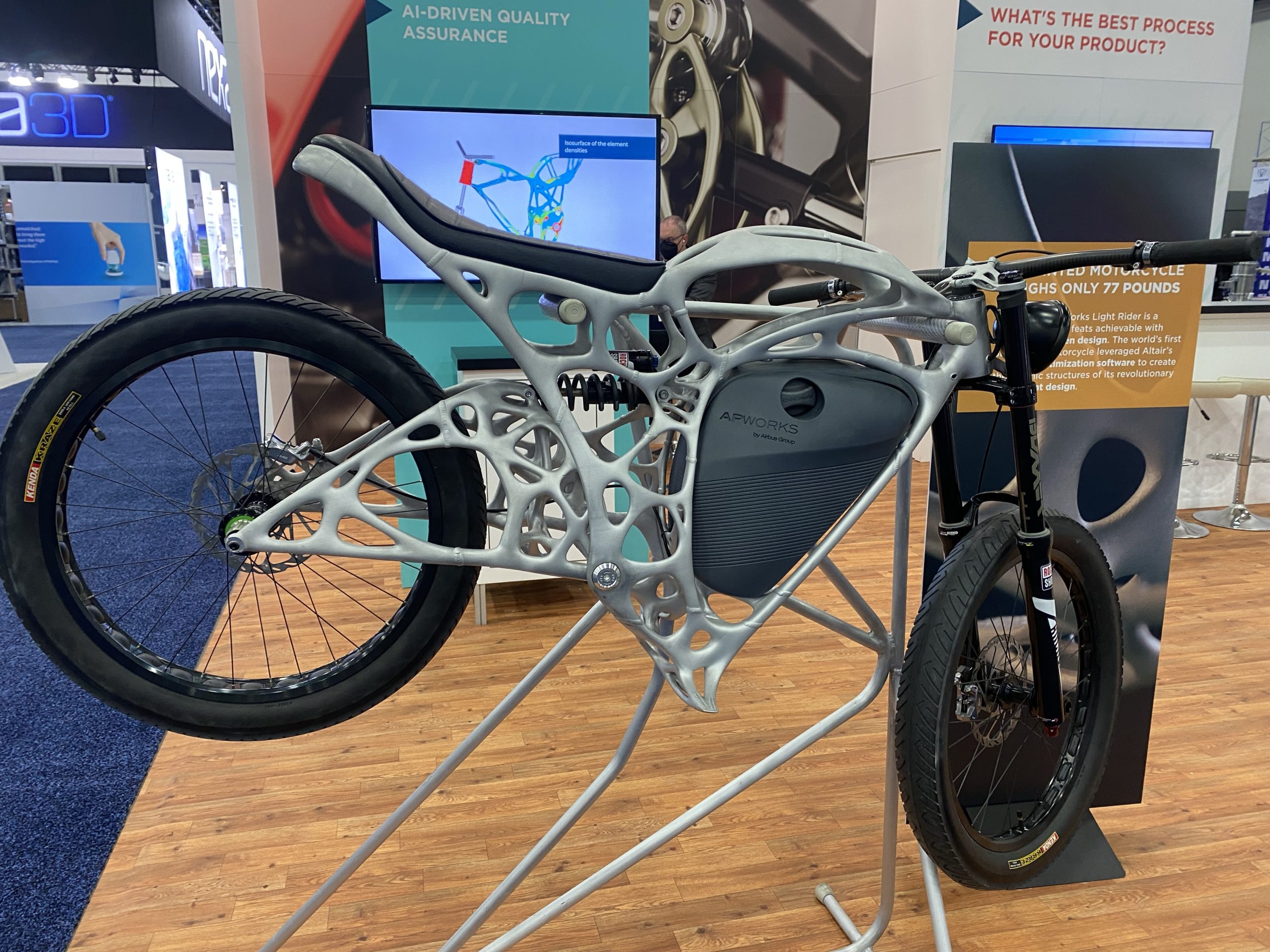Altair Engineering Inc., the Michigan-based provider of software and cloud services for advanced manufacturing, announced that it has acquired Gen3D, a creator of additive manufacturing (AM) design software utilizing implicit modeling techniques. Essentially, implicit modeling is the next generation beyond what traditional boundary representation (BREP) in CAD can achieve, in terms of digitally representing the edges and surfaces of 3D shapes.

Gen3D’s two flagship AM design platforms, Sulis Flow and Sulis Lattice, will be directly incorporated into Altair’s widely-used Inspire generative design platform. Altair is already significantly ahead of the curve concerning Inspire’s ease of integration with conventional CAD platforms. The incorporation of Flow and Lattice gives Altair’s software another clear advantage in the optimization of generative design software specifically for use with AM techniques.
In a press release announcing the acquisition, the founder and CEO of Altair, James R. Scapa, said, “In addition to a powerful technology that helps organizations navigate the challenges of design for [AM], the Gen3D team brings deep industry knowledge and experience in advanced additive design techniques such as generative design, topology optimization, and lattice structure generation.”
Gen3D was founded in 2018 by academics from the University of Bath, in the U.K. In a 3DPOD episode from a few months ago, 3DPrint.com Executive Editor Joris Peels talked to one of the company’s founders, Joseph Flynn. Flynn said that, most simply, the software is for any application where the user’s goal is high surface area to volume (SAV) ratio. A high SAV ratio is perhaps most advantageous to any process involving the diffusion of heat and/or fluids: the higher the ratio, the faster that diffusion can occur. Thus, as Flynn also pointed out, users designing and printing heat exchangers have probably seen the most success with the software so far.

For the same general reason, interest in the use of 3D printers to manufacture heat exchangers has been increasing lately. As is the case with many other production applications involving 3D printers, the technology allows heat exchangers to be made in shapes that can’t be achieved using conventional methods. Beyond light-weighting, which is the most typical reason this is so advantageous, the nature of what heat exchangers are used for implies further potential increases in fuel efficiency by 3D printing them.
More broadly, Altair’s acquisition here reiterates what months of 3D printing press releases have been signal, which is that improved software could be leading to a huge momentum shift for the industry. A significantly enhanced user experience will make adoption of AM techniques more and more commonplace, which will only lead the user experience to continue improving in the long run. The existence of that feedback loop, finally, would also be an engine of growth for data regarding the utilization of AM.
Subscribe to Our Email Newsletter
Stay up-to-date on all the latest news from the 3D printing industry and receive information and offers from third party vendors.
You May Also Like
3D Printing Webinar and Event Roundup: April 14, 2024
We’re starting off the week’s 3D printing webinars and events at ASTM AMCOE’s 11th Snapshot Workshop and MACH Exhibition. Stratasys continues its advanced training courses, SME is holding a virtual...
L’Oréal and University of Oregon’s 3D Bioprinting Breakthrough in Skin Models
A giant in the beauty industry, L’Oréal (EPA: OR) has made strides in skin research since the 1980s and, as of 2015, the company began exploring bioprinting. Recently, the brand...
World’s First Bioprinted Trachea Transplant Marks a New Era in Medical Innovation
A research team from the Catholic University of Korea has successfully implanted the world’s first bioprinted artificial trachea into a patient, customized using adult stem cells from another person. Led...
BIO INX and Rousselot Team up to Elevate Gelatin Bioinks for Bioprinting
BIO INX and Rousselot, which create 3D bioprinting materials and gelatin products, respectively, have teamed up to advance the production of 3D printed tissues. The duo will share their knowledge...
































